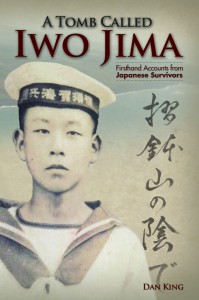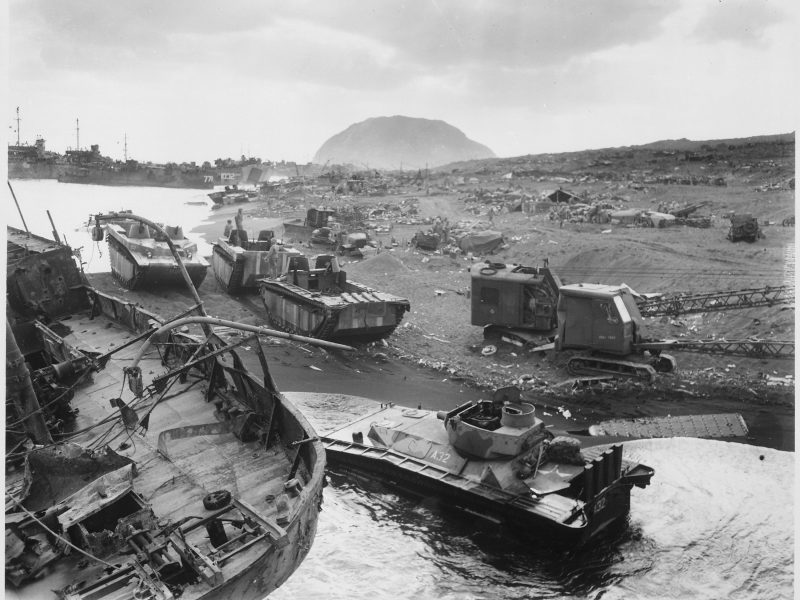
There are events being held across the United States including the two largest events being held in Virginia and at Camp Pendleton in California. I wanted to learn more about the battle for Iwo Jima and thought the best way to do that was to interview the our former enemy. While Japan is now a trusted ally and trading partner, it wasn’t always so.
There are still a few Japanese Army and Navy troops who vividly remember the day that the US Marines landed on the desolate little speck of land called “Sulphur Island.” I interviewed many of them, in their own language, for my book, “A Tomb Called Iwo Jima.” I also spoke to Japanese widows and children of the fallen whose mortal remains lie entombed in countless sealed caves and bunkers that dot the island.
One of the most memorable former POWs I met was Tsuruji Akikusa, a 17-year-old naval radioman who was assigned to the Nanpō Shotō Kōkūtai (Southern Seas Naval Air Group) on Iwo Jima in July 1944. I interviewed him in person for his firsthand accounts in training, in combat and as a prisoner of war. His gritty, quiet, and sometimes graphic, accounts of the battle for Iwo Jima should be read by everyone with an interest in the Pacific War. Akikusa is just one of the dozen Japanese whose accounts appear in my book.
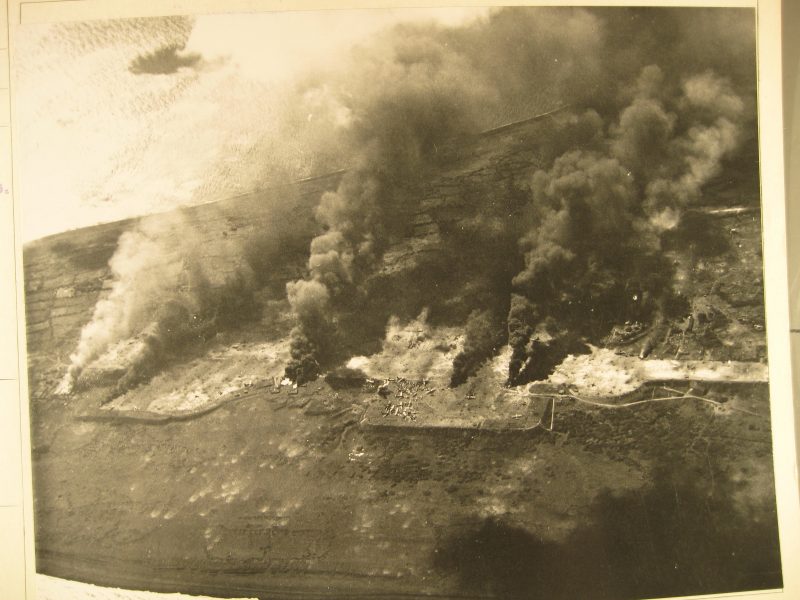
Aerial photo taken by an observation plane from the USS Boston during the July 1944 attack on Iwo Jima.
(Courtesy of Chris Marks)
I earned my degree in Japanese, moved to Japan and worked in a Japanese company for 10 years. As a result, I can read, write and speak Japanese. Since returning to the US, I’ve gone back to Japan dozens of times to interview WWII veterans to learn more about the Pacific War. I’ve also been to dozens of WWII Pacific battle sites to see with my own eyes what our aging American heroes went through during WWII.
As the volunteer translator for the Iwo Jima Association of America, I’ve been to Iwo Jima 8 times, and will be going again for the Reunion of Honor taking place on March 21, 2015. During my past trips, I met LtGen Tadamichi Kuribayashi’s late son Taro Kuribayashi and his grandson Yoshitake Shindo (who is serving as a Japanese Government Minister), as well as Colonel Takeichi Nishi’s son. Kuribayashi’s grandson is spearheading a movement to recover the bodies that were left behind after the battle.

While there are very few Japanese survivors, there are still hundreds of US Marines, soldiers, sailors, coastguardsmen and US Army and Navy airmen that can recall the epic struggle. Although we commemorate February 19th as the date of the invasion, the Navy and the Army were pounding Iwo Jima from the air for seven months before the first leatherneck stomped ashore. In addition, nearly a year before the first US Navy UDT frogman crawled out of the surf onto the sands of Iwo Jima, American submarines had all but choked off the island from resupply. By the end of 1944, the Japanese defenders were depending on supplies brought in by air by Betty bomber crews who wrote their wills before they climbed into their flight gear. I interviewed two of those crewmembers on their thoughts on their dangerous, and often one-way, missions to Iwo Jima.
The Japanese on Iwo Jima didn’t need more troops, they needed food, water and medicine to care for the men they already had.
Due to the US Army and US Navy’s aerial bombardment and naval shelling, the defenders were forced to move underground to live in squalor and filth. Disease ran rampant in the caves and tunnels, which further weakened the Japanese ability to build the large-scale defenses that General Kuribayashi envisioned.
Due to the combined efforts of American submarines, naval aircraft and land-based Army bombers, the Japanese defenders’ pace of construction was reduced to a slow crawl, and hundreds of defenders fell to disease before the first Marine ever set foot on the black sandy beaches.
Radioman Tsuruji Akikusa said that, in some aspects, the Japanese were their own worst enemy as in-fighting and political struggles between the Japanese Army and Navy Staff in Japan, and even between the defenders on the island, resulted in an uncoordinated defense that Japanese survivors lament to this day.
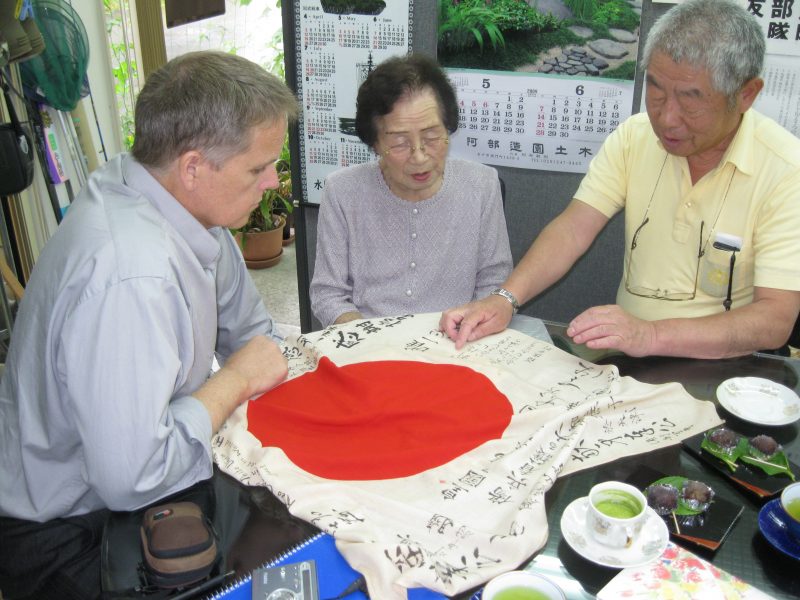
Food and water were strictly rationed, and medical supplies exhausted by the scores of defenders who fell ill to preventable diseases. Akikusa and other Japanese survivors recounted stories of men gasping away their final breaths with the words “water” and “mother” on their lips. No one would even so much as place a drop of water on a dying man’s lips for it was too precious. The aid stations and hospital caves became a cruel form of hospice for the seriously ill and wounded. There was no wood, nor time, to cremate the dead who were left in unmarked shallow graves that peppered the rocky ground around the hospital caves.
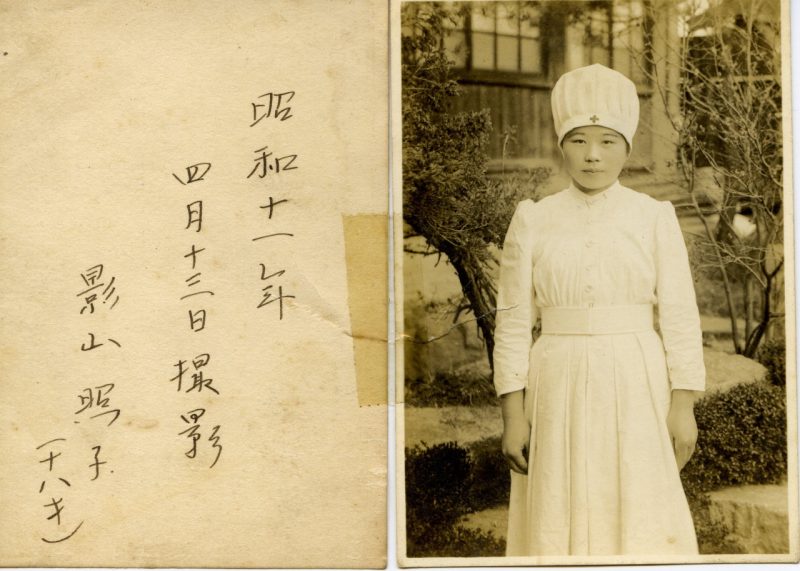
If sick or wounded, US Marines and soldiers could count on receiving first and transport to a hospital ship. The Japanese defenders said that under their filthy conditions, even a small wound could result in an infection and death. “Iwo Jima became a graveyard for men who were dead but didn’t know it yet,” one defender said.
Many of the pre-invasion deaths could have been prevented by adequate fresh water and proper hygiene; but those were considered luxuries as the men were forced to dig miles of tunnels, bunkers and trenches with pickaxes, shovels and woven baskets for carrying dirt up and out of the tunnels. A large number of men were worked to exhaustion and heaped into makeshift morgue pits deep underground.
It is no secret that the Japanese defenders of Iwo Jima fought like lions. Even the Marines that fought against them will give them that much. They were tough fighters.

To the Americans, the photo of the flag raising represents a historic moment of glory and triumph. To the Japanese survivors it has a different meaning; it represents failure and defeat, the ignoble deaths of countless friends and comrades who died of illness, and even at their own hand. The defenders felt that they failed to protect the homeland, and failed to protect their families from American carpet-bombing.
To make matters worse, the shame of becoming a POW prevented many of them from writing to their families from American POW camps. Akikusa said, “I thought the Americans would enslave us or execute us once we got to America.” He refused the Red Cross’ offer to include his name in the POW list that was sent to Japan via Switzerland. “It would be better for my family if they thought I had died on the island so I refused to write even one letter home after I was captured,” said Akikusa.
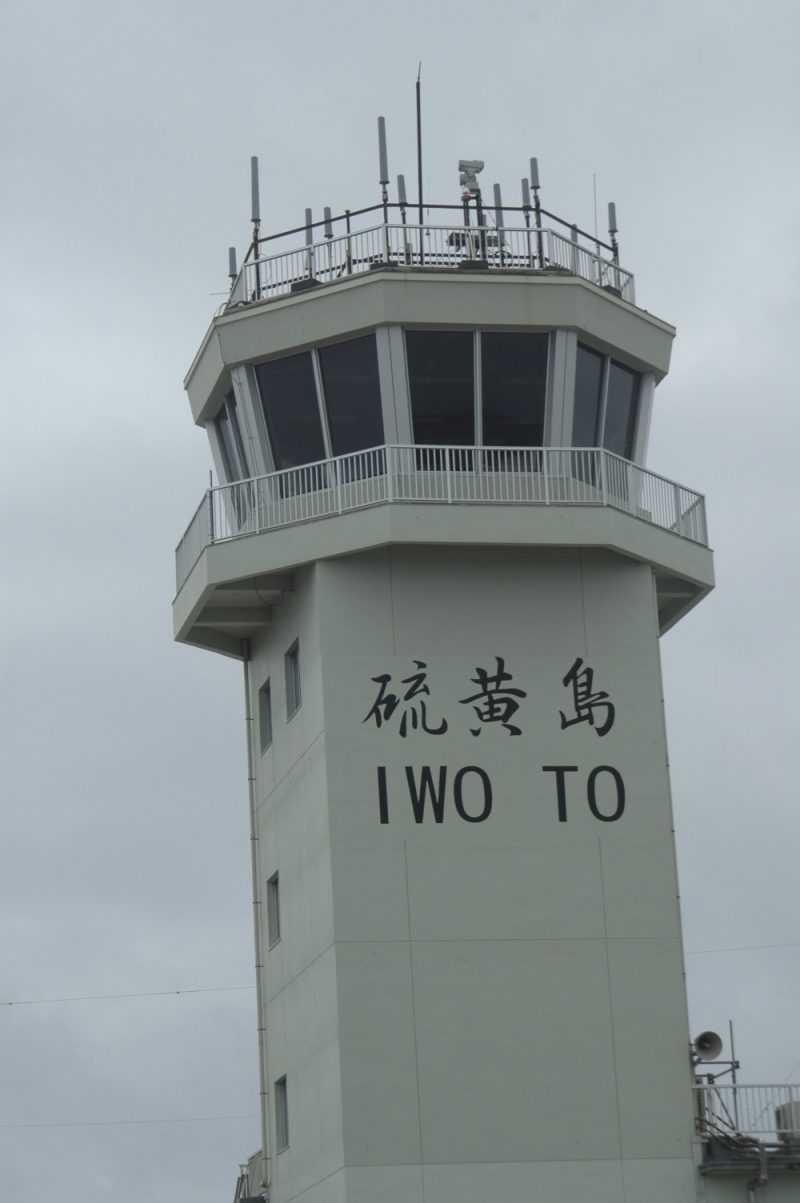
He soon realized that the Americans had no such plans for the POWs who freely admitted that they were treated well. His wounds were operated on and he was fed three meals a day. His captors treated him with kindness, offering him cigarettes with a genuine smile. “I was never mistreated me as a POW, but we were often beaten by our own NCOs, especially during training,” Akikusa said.
Tsuruji Akikusa came home to Japan in January 1946. He arrived to find that his name and photo were included in a funeral service being held that very afternoon by the townspeople for their fifteen men who died in the war.
Annual visits to Iwo Jima are conducted by the Iwo Jima Association through the logistics and coordination efforts of Military Historical Tours.
To date, I have personally interviewed 100 Japanese WWII Army and Navy veterans. One of the things that struck me the most is the recurring theme of “War is terrible and must be prevented.” A majority of them had trouble talking about the friends and family members that died during the war that was started by the Japanese. Nearly all of them told me that they were surprised by the entirely unexpected kindness and generosity shown by US military forces during the occupation of Japan.
To read more about Tsuruji Akikusa’s experiences on Iwo Jima, please read the book, “A Tomb Called Iwo Jima,” available in paperback from Amazon and on Kindle.
King’s latest book, The Last Zero Fighter, is based on his first hand interviews with 5 Japanese WWII Naval aviators in their own language. Their experiences include the bombing of the USS Panay at Nanking, Pearl Harbor, Guadalcanal, Midway, Port Darwin, Iwo Jima, the Kamikaze attacks and other historic air battles.(Amazon & Kindle)
Look out for Dan’s blogs in the coming months. We are committed to bring you a diverse range of voices from within the world of military history. We hope to bring you more good news in the near future. Stay with us as we continue our mission to bring you the best of our military world on the internet.
Visit Dan’s website at
